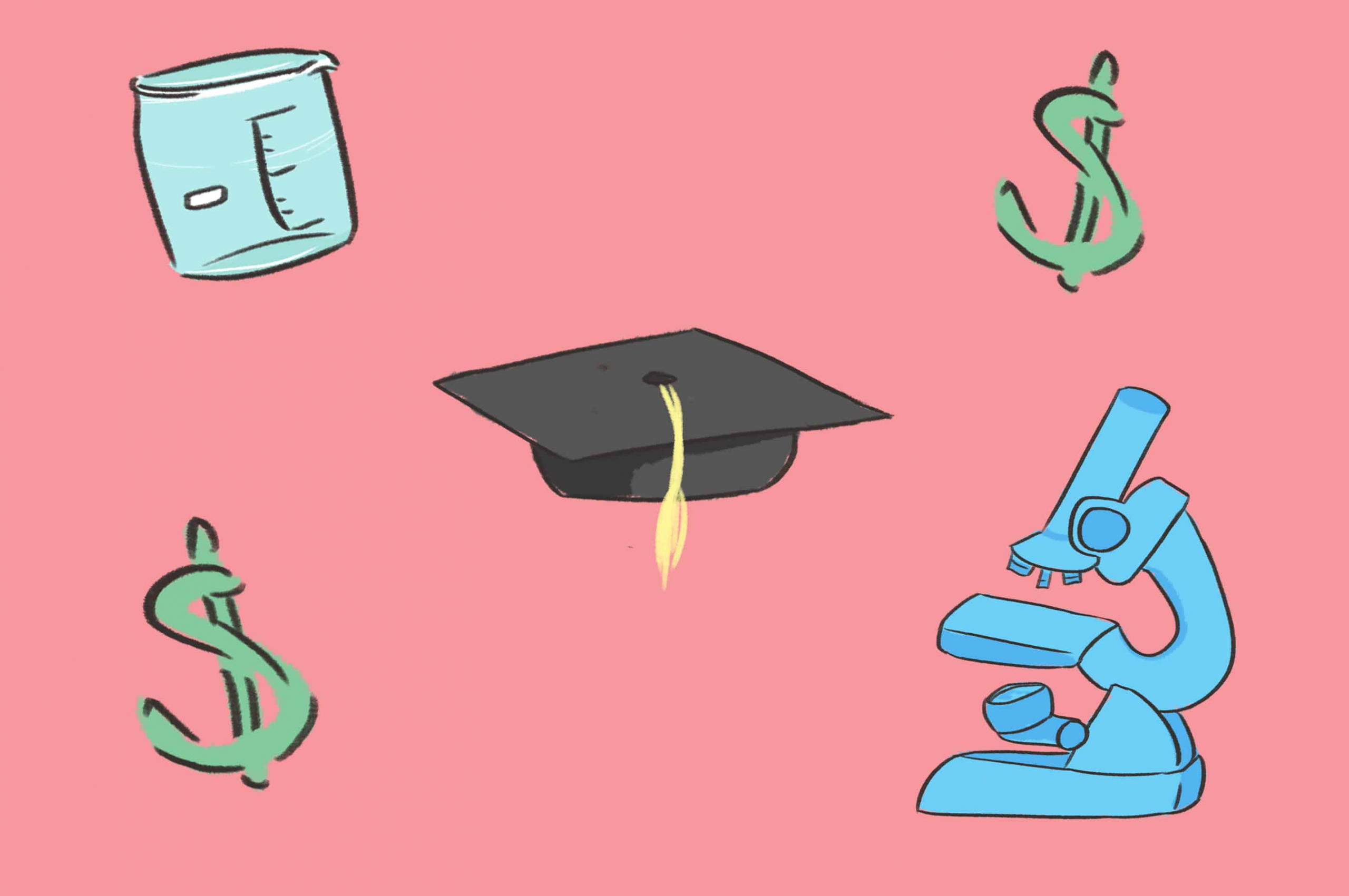[dropcap]F[/dropcap]rom the invention of the first electronic heart pacemaker to the discovery of a drought-resistant gene in plants, the University of Toronto’s Faculty of Arts & Science has a legacy of cutting-edge research. From 2010–2014, the faculty pioneered numerous innovations, including 240 new inventions, 24 patents, and 29 start-up companies. Graduate students were the backbone of these novel research findings.
The Faculty of Arts & Science makes up one of Canada’s largest graduate student bodies, hosting 70 graduate programs and 4,299 graduate students, as of 2015. In an era of rapid technological and ideological advancement, graduate students encounter numerous obstacles during the course of their education.
Starting September 2016, a new policy will be in effect to improve graduate education for domestic and international students on all three campuses. The faculty has identified areas of concern and will be addressing them through professional programs, improved financial support, and by allocating resources on a program level.
More specifically, the faculty will be undertaking a three-pronged approach to increase financial support, create networking opportunities, and provide career directions to graduate students. This new initiative emerged through extensive collaboration between graduate students, faculty members, and administrative leaders across the university.
Although this initiative is not directly associated with the 2015 teaching assistants strike, the policy was designed to respond to the needs of graduate students.
“It is important to recognize that the strike itself was reacting to a certain set of circumstances graduate students at this university and not just at this university face,” said Joshua Barker, Vice-Dean of Graduate Education & Program Reviews in the Faculty of Arts & Science. “The challenges that they are facing are real.”
According to Barker, who was appointed in July 2015, improving graduate student education has been on the faculty’s agenda for some time prior to last year’s TA strike. However, it was only last year that the faculty was able to achieve a balanced budget and was finally in the position to institute an increase in graduate funding.
The Fellowship Initiative supports the university’s long-standing commitment to high quality research by increasing the base funding package for all eligible graduate students within the faculty. Starting with an increase of $1,500 in September 2016 to be followed by an additional $250 per year in the next two years, eligible students will receive an overall increase of $2,000 by 2018-2019.
Barker acknowledged that hourly work — like that of teaching or research assistants — poses a significant burden on graduate students and could hinder them from finishing their programs in a timely manner. Rather than increasing the hourly wage of teaching assistants, the direct increase in fellowship income provides students with opportunities to work on their research and recognizes their valuable contributions to the university.
“We are really trying to invest in the students as researchers,” said Barker.
In 2017–2018, the faculty will also oversee the establishment of Program-Level Fellowship Pools, which are financial resources dedicated to each academic unit within the Faculty of Arts & Science.
Barker explained, “The purpose of Program-Level Fellowship Pools is to allow departments and institutes who have graduate students in their program to identify where they have a discipline-specific need which they can provide fellowships for.”
These pools provide academic units with the flexibility to allocate their resources according to their priorities. For example, the Department of Anthropology may choose to invest in pilot fieldwork for graduate students, while other units may focus on introducing additional scholarships or increasing base funding. “All the funds that come through the Program-Level Fellowship Pools will end up in students’ pockets,” noted Barker.
The allocation of resources will be established in a transparent fashion: academic units will identify priorities in consultation with their graduate students and faculty members.
Overall, the Faculty of Arts & Science is undertaking a major investment in graduate education. This initiative marks the third significant change in graduate student funding throughout the history of the university. It is also the first major effort under the 2006–2007 new budget model, in which authority for revenues and spending was shifted from the university to the faculty level. Under the new policy, the faculty will be providing $3.35 million in 2016–2017; this annual investment will double by 2018–2019.
Besides financial support, the faculty aims to prepare graduate students for transition into full-time careers through the establishment of two new programs, Milestones and Pathways. Milestones will provide students with support to successfully complete their graduate training, and Pathways aims to expose students to alternative careers and valuable networking opportunities.
The form of professionalization that graduate students require is often discipline-specific. These new programs within the Faculty of Arts & Science are designed to complement the initiatives undertaken by the School of Graduate Studies, which typically targets broader skill sets required for a wide range of careers.
The Faculty of Arts & Science in conjunction with the School of Graduate Studies will be conducting research over the summer to examine the distribution of graduates in academic and non-academic careers. By examining the career trajectory of previous graduates, administrative leaders within the faculty will gain insight on ways to support current graduate students and to further enhance the their experience.


